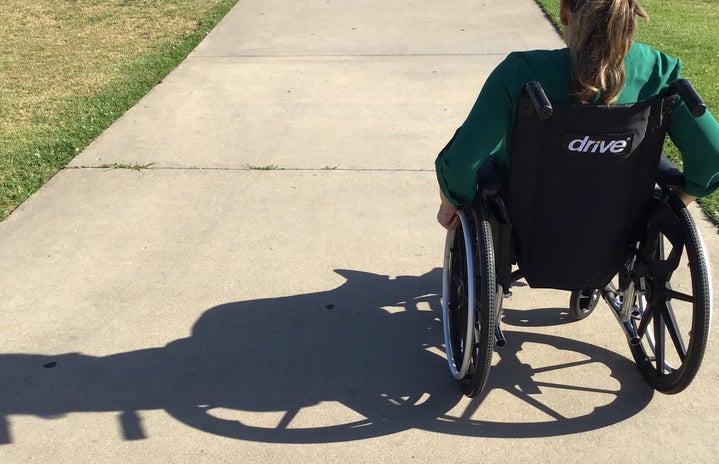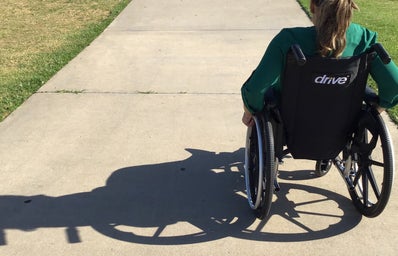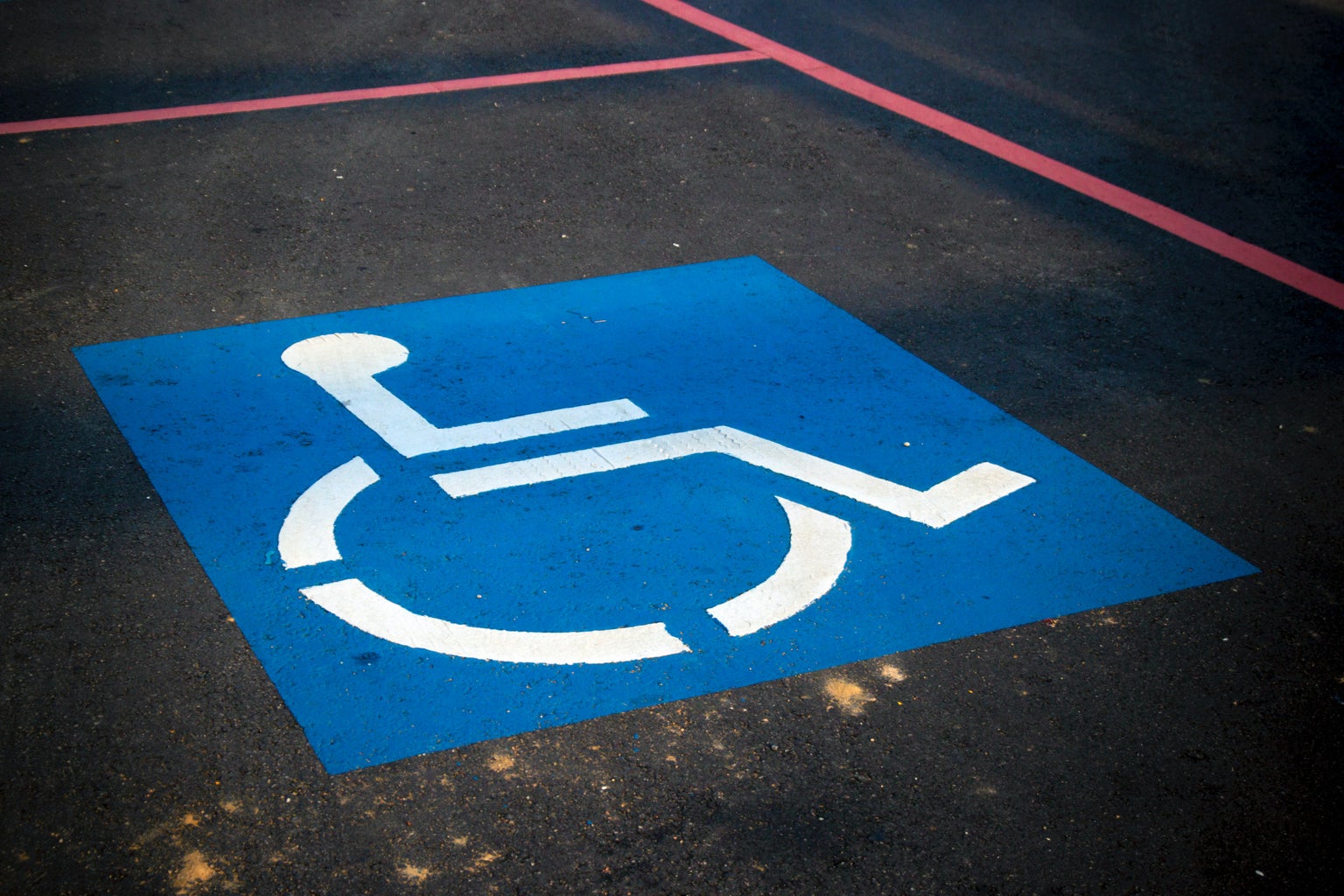As we all know, winter break at the University of Massachusetts Amherst feels like a semester in itself! Being home from December to February can get super boring, especially when everyone else starts to go back to school. However, it provides a fantastic opportunity to get into working, pursuing new opportunities, making some extra money, and filling up that huge gap of time!
This winter, I decided to become a substitute teacher. I revisited my own childhood, going back to my old middle school, and was super excited to pursue an educational work experience inside of a classroom. I filled out all my paperwork, went to Marshalls for some new clothes, and got excited to start receiving texts saying I was needed!
On my first day, when I first walked into the school, I realized how small it was. I forgot how tiny the old hallways and lockers had been. However, my school district growing up was great, and that is important to recognize. Massachusetts school funding, and my district in particular, had great educational facilities and programs. Many of the people involved in my schooling process are the reason I am in school to become a teacher today.
I started off as a substitute teacher in a few enrichment programs and then moved on to some special education classes. In high school, I worked in my school’s Discovery Learning Center for people post-grad and approaching graduation with special needs. I really liked working with the middle schoolers enrolled in this program and quickly formed a relationship with a few of the students and teachers working with me. Eventually, I assumed the role of a 1:1 with a student in a wheelchair. It was not until this that I realized that even some of our most equipped schools have a long way to go in regards to accessibility.
At UMass, I have taken numerous courses focusing on special education, and in each class we discuss accessibility standards. Although many are working towards making environments and learning more accessible, most people making policies and designing buildings are oblivious to many of the issues people with disabilities, like the student I worked with, actually face.
Oftentimes school buildings are old, meaning they haven’t been updated recently. Classroom doors are narrow and ramps or accessible bathrooms are poorly placed. In the school I worked at, there was one elevator far away from most classes with minimal space in it, and it ran super slowly. If someone was occupying the elevator, others who needed it could not use it and would have to wait. Only one bathroom was functionally private and gender-neutral (although they were working on another one when I left), so students who wanted or needed to use that special bathroom would have to plan ahead to get there. A student would have to ask to go to the bathroom, wait to leave, get to and wait for an elevator, and then do the same for the bathroom, and then make it all the way back to class. This takes up educational time, energy, and raises concern for students who have to urgently go to the bathroom.
At drop off and pick up, only one area in the road up to the school had a ramp, and oftentimes the pathways with ramps would take significantly longer to reach and be much more inconvenient. For students in wheelchairs, this means exerting extra energy and taking up more time to get from point A to point B. A lot of the time, students in wheelchairs will have to leave early or come to class late due to this. Once again, they miss out on important educational information that they have a right to and deserve to get.
Within the small, cramped classrooms, many schools also don’t have accessible desks or seating options. Wheelchairs frequently do not fit underneath old school desks, meaning some students would not be able to sit comfortably and have a solid working surface. This applies to cafeteria tables, too! The student I worked with usually went home before lunch time, but I can imagine that in our specific cafeteria, a lack of space would mean they would have to eat elsewhere.
These are not applicable to every school — some schools have more accessibility than others, and some have even less. There are also many more aspects of this issue that I did not address here; these are just the ones I noticed in my time working in a school.
As someone looking forward to hopefully stepping into the education system and possibly working with educational policy, some of these issues were very disheartening to see. It is super important we start to improve school systems and general accessibility throughout them. Regulations should be set in place and funds should be set aside. Every student deserves an equal opportunity to learn, and accessibility will make schooling more equitable and therefore productive and enjoyable for all involved.
Can’t get enough of HC UMass Amherst? Be sure to follow us on Instagram, listen to us on Spotify, like us on Facebook, and read our latest Tweets!



